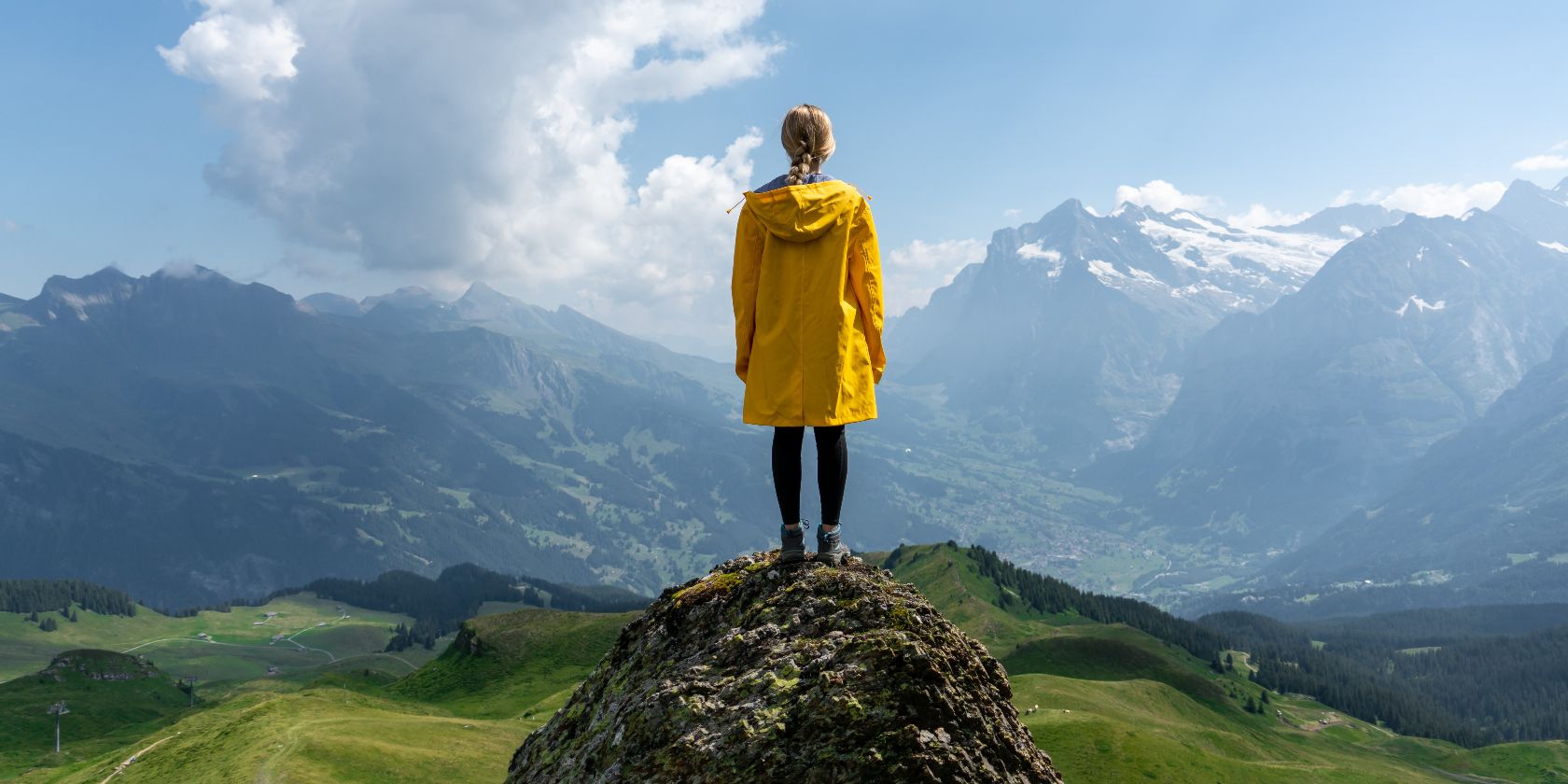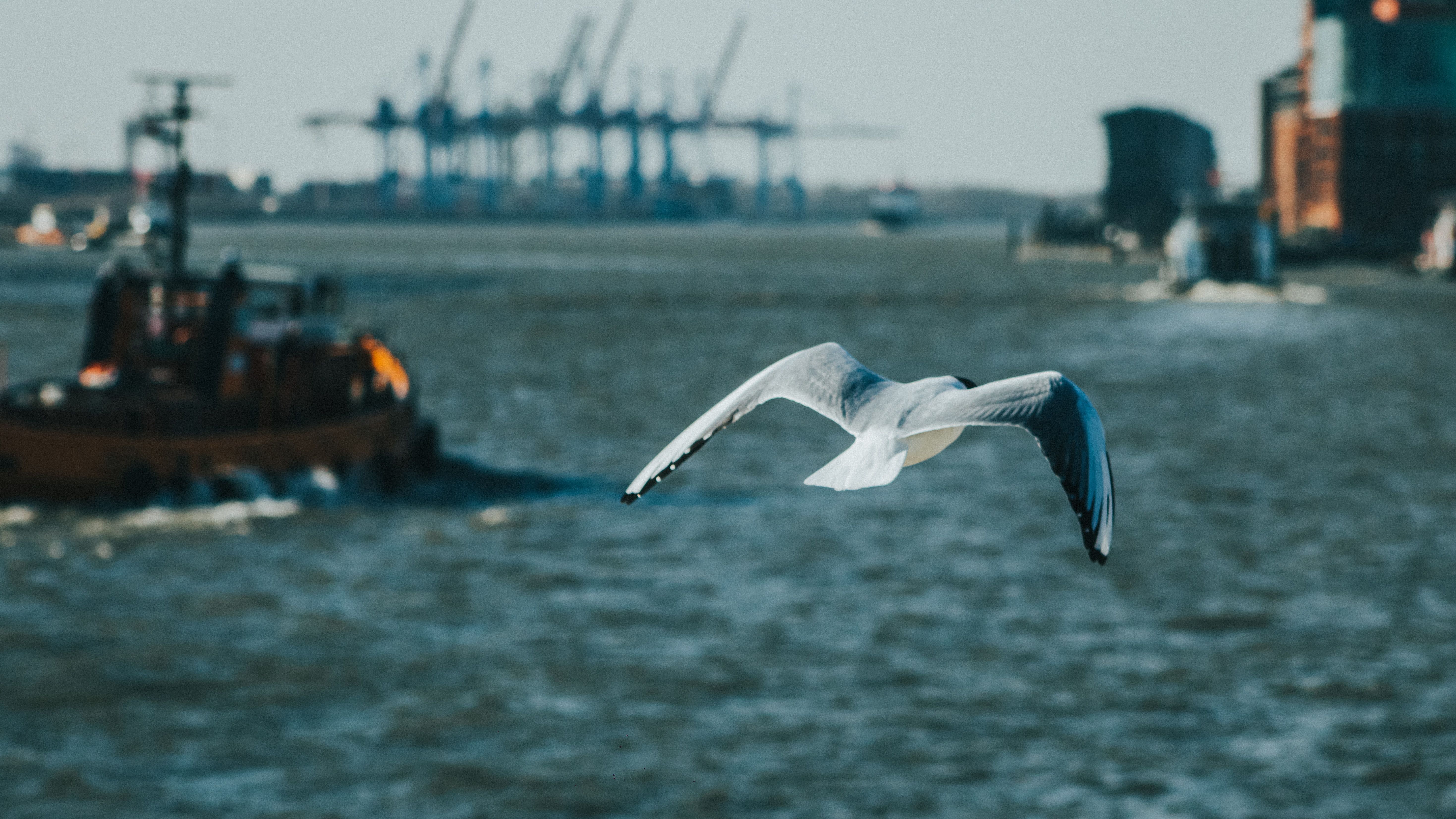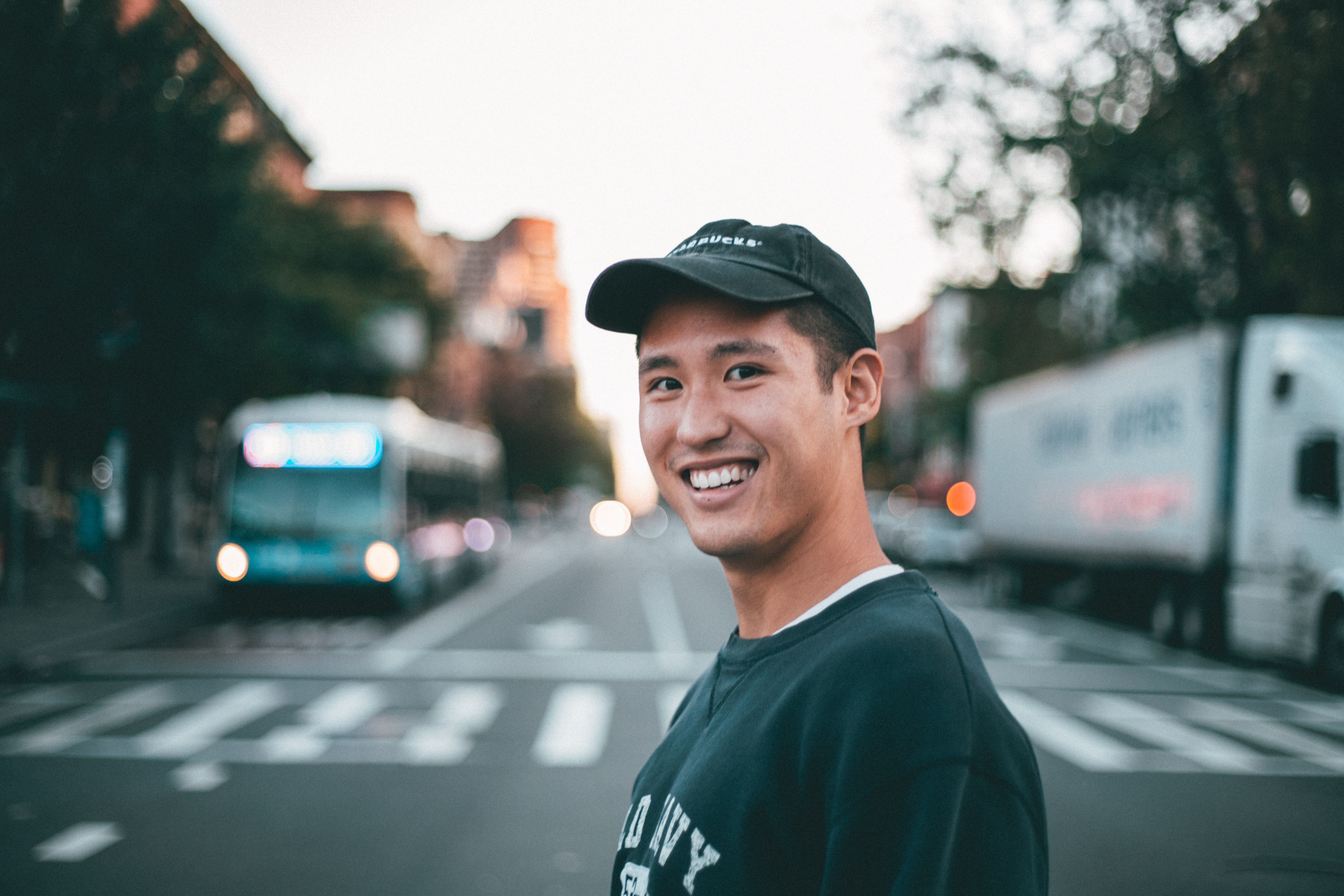If you’ve been in the photography space for a while, you’ve probably heard of “shallow depth of field”. The concept is one of the best skills for picture-takers to master, and it applies to multiple genres—so you’ll almost certainly need to understand it at some point.
Knowing the basics of shallow depth of field photography is simple, even if mastering it takes time. Keep reading to learn more about what a shallow depth of field is, along with how to take pictures of this kind and a couple of examples.
What Is a Shallow Depth of Field?
Shallow depth of field refers to pictures where a particular subject is in focus, but the remainder of the image is blurred. You might have seen photographers try the “bokeh” effect in portrait photography, which is one of many instances you would use it.
You need to learn how to take shallow depth of field photos for several reasons. First and foremost, it adds context to your picture and enhances the story. On top of that, you will have a much easier time showing the audience where they should look—making your photo more memorable.
Shallow depth of field also adds more detail to the subject you’re primarily focusing on, which will make your photos look more visually appealing.
How to Take Shallow Depth of Field Photos
Now that you know the basics of shallow depth of field photography, you’re ready to learn a couple of tips to help you capture better shots. Below are the best ways to improve your shallow depth of field.
1. Use a Lens With a Longer Focal Length
When aiming for a shallow depth of field in photography, you want to get as close as you can to your main subject without ruining the composition. If you’re photographing something from too far away, you might want to consider using a lens with a longer focal length, such as an 85mm.
Using a lens with a longer focal length will work in portrait photography, but it’s equally useful for landscape pictures; you can also capture unique street photography. A telescopic lens is ideal, but a 50mm might also do the job—as long as you’re not too far from what you’re trying to capture.
2. Widen Your Aperture
If you’re trying to get a shallow depth of field with a narrow aperture, you’re doing yourself a disservice. Instead, you want to focus on widening it to create a distance between your foreground, middleground, and background.
How much you want to widen the aperture depends on what you’re trying to photograph, but f/6.4 or below is wise in most circumstances. If you’re photographing landscapes, you still want the viewer to recognize your background, but other styles might not require this. Use judgment based on your individual situation.
3. Pick Your Primary Subject Wisely
One of the primary reasons you’d take photos with a shallow depth of field is to focus on a particular subject. So, it makes sense to think carefully about what you want to include as the focal point in your picture.
Before you start clicking away, spend a little time taking in your surroundings. Consider the atmosphere and what you’re trying to portray before you start shooting; you’ll enjoy much better results if this way.
Shallow Depth of Field Examples
We’ve talked a lot about shallow depth of field so far, but you’ll understand the theory much better if you see real-life examples. Below are three of them.
Example 1
In the first shallow depth of field example, you’ll notice that the seagull is the main focal point. The harbor behind it is blurred, but you can still tell what’s happening.
Example 2
This second example shows a street sign in New York City, with a building included in the background. Like the previous picture, the building is blurred—but you can still tell that the person took the photo in a busy city.
Example 3
The third shallow depth of field example is a portrait taken in the middle of a street at golden hour. As you can see, the person stands out against the blurred background—which still captures the life of the scene.
A Shallow Depth of Field Will Make Your Photos Pop
Shallow depth of field photography is an excellent way to tell better stories and produce outstanding results. Regardless of your genre, you should at least become competent at this skill.
Taking shallow depth of field photos gives you another tool to use when the situation calls for it, and you can also transfer it to filmmaking if you’re interested in producing video content.




